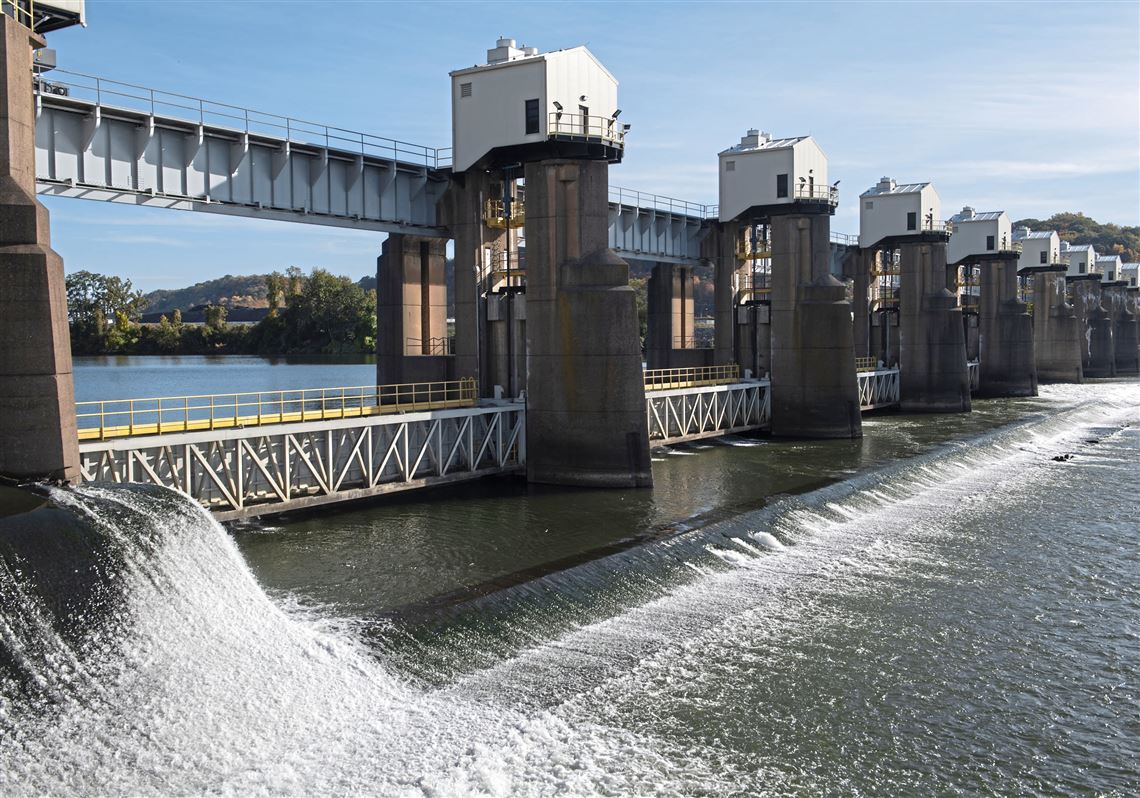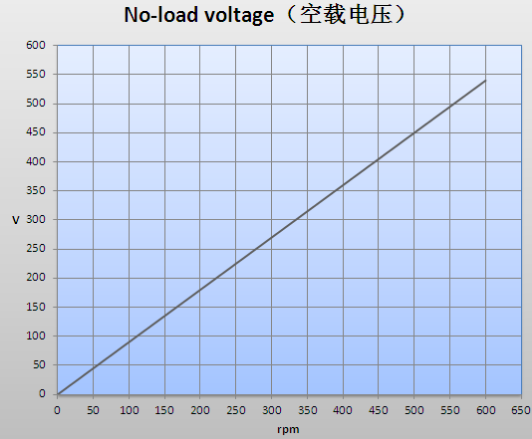QINGDAO ENNENG MOTOR CO.,LTD. |
|
Verified Suppliers
|
|
25kw 500rpm 400V 50Hz Permanent Magnet Synchronous Generator
Product Drawing

Technical Parameter
| No. | Parameter | Units | Data |
| 1 | Rated output power | KW | 25 |
| 2 | Rated speed | RPM | 500 |
| 3 | Rated output voltage | VAC | 400 |
| 4 | Rated current | A | 38 |
| 5 | Rated frequency | Hz | 50 |
| 6 | Poles | 12 | |
| 7 | Efficiency at rated speed | % | >94.5 |
| 8 | Winding type | Y0 | |
| 9 | Insulation resistance | MΩ | 20 |
| 10 | Insulation | class | H |
| 11 | Rated torque | Nm | 505 |
| 12 | Start torque | Nm | <10 |
| 13 | Temperature rise | °C | 90 |
| 14 | Max. working temperature | °C | 130 |
| 15 | Generator diameter | mm | See the drawing |
| 16 | Shaft diameter | mm | See the drawing |
| 17 | Housing material | Casting Iron | |
| 18 | Shaft material | Steel | |
| 19 | Bearing | SKF | |
| 20 | Weight | Kg | 240 |
Detailed Pictures

The permanent magnet generator is a device that converts mechanical energy to electrical energy. In this device, the rotor windings have been replaced with permanent magnets. Permanent magnet generators are used mostly in industrial applications like turbines and engines to produce commercial electrical energy, the permanent magnet alternator is an alternate source of energy and has multiple benefits which make it a great device for a variety of residential, commercial, and industrial applications.
The structure
The permanent magnet generator is mainly composed of a rotor, end cover, and stator. The structure of the stator is very similar to that of an ordinary alternator. The biggest difference between the structure of the rotor and the alternator is that there are high-quality According to the position of the permanent magnet on the rotor, the permanent magnet generator is usually divided into a surface rotor structure and a built-in rotor structure.

Working Principle
The permanent magnet generator uses the principle of electromagnetic induction in that the wire cuts the magnetic field line to induce an electric potential and converts the mechanical energy of the prime mover into electrical energy output. It consists of two parts, the stator, and the rotor. The stator is the armature that generates the electricity and the rotor is the magnetic pole. The stator is composed of an armature iron core, uniformly discharged three-phase winding, machine base, and end cover.
The rotor is usually a hidden pole type, which is composed of excitation winding, iron core and shaft, guard ring, center ring, and so on.
The excitation winding of the rotor is fed with DC current to generate a magnetic field close to the sinusoidal distribution (called the rotor magnetic field), and its effective excitation flux intersects with the stationary armature winding. When the rotor rotates, the rotor's magnetic field rotates together with it. Every time a revolution is made, the magnetic lines of force cut each phase winding of the stator in sequence, and a three-phase AC potential is induced in the three-phase stator winding.
When the pm generator is running with a symmetrical load, the three-phase armature current synthesizes to generate a rotating magnetic field with synchronous speed. The stator and rotor fields interact to generate braking torque. The mechanical torque input from the turbine overcomes the braking torque and works.

Features
① The generator has many poles, which improve the frequency and efficiency, saving the cost of rectifiers and inverters.
② Finite Element Analysis is used when designing the generator, compact structure. Low startup torque, solves the problem of small wind startup, improving wind energy utilization.
③ Leave out the gear increaser, improve the reliability and efficiency of the generator, and lower the amount of maintenance.
④ H class insulation, vacuum pressure impregnation.
⑤ Have many structures such as vertical axis, horizontal axis, internal rotor, external rotor, and plate type.
⑥ Strong rotors, the generator could achieve high speed.
⑦ Small size, lightweight, high energy density, suitable for special situations.
⑧ Run efficiency throughout the whole speed range, high efficiency.
⑨ Use imported high-speed oil-contained bearings, maintenance free, and high reliability.
By matching the power and speed of the generator to that of the wind turbine, the power system becomes more efficient. No gearboxes are needed, and the efficiency of the alternator exceeds 90%.

2. Variable speed generators provide a solution for Hydro Industry.
Increased efficiency from variable speed technology could make many more small hydro sites economically feasible to develop.

1. Higher Efficiency: Permanent Magnet Generators (PMGs) are more efficient than traditional generators as they have fewer moving parts and are designed to operate at higher speeds. This results in higher energy conversion efficiency, which translates to greater power output.
2. Lower Maintenance Costs: PMGs require less maintenance compared to traditional generators as they have fewer moving parts. This reduces the need for frequent repairs and replacements, leading to significant cost savings.
3. Faster Start-Up Time: PMGs have faster start-up times compared to traditional generators as they do not require an external power source to start. This is particularly useful in emergency situations where power needs to be restored quickly.
4. Smaller Footprint: PMGs are generally smaller and more compact compared to traditional generators, making them ideal for installations in areas with limited space.
5. Durability: PMGs are highly durable and can withstand harsh environmental conditions, making them ideal for use in remote locations.
6. Lower Noise Levels: PMGs produce less noise compared to traditional generators, making them ideal for installations in urban areas or areas with noise restrictions.
7. Higher Power Density: PMGs have a higher power density compared to traditional generators, meaning they can produce more power in a smaller space. This makes them ideal for use in small-scale power plants.





Permanent Magnet Generator technology has shown great potential as a reliable and efficient source of renewable energy. With the increasing demand for clean energy, it is expected that this technology will continue to grow in popularity and become more widely adopted.
Advancements in materials science and manufacturing techniques will likely lead to the development of more powerful and efficient permanent magnet generators. Additionally, the integration of digital technologies such as sensors and control systems will enable better monitoring and optimization of the generators' performance.